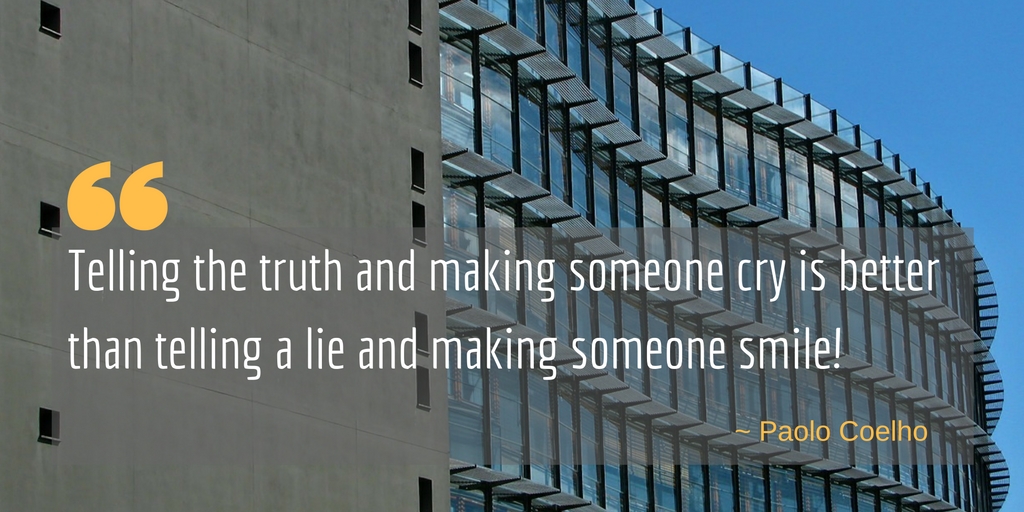When I was contacted by ArchitectureLive! to weigh in on ‘Photoshopped Architecture’ – a term coined by them – I admit, my interest was piqued.
As an architect, my own relationship with visual media has been the very crux of my medium of communication with my clients. I’ve used a variety of tools and methods to ‘best bring out’ the vital aspects of my conception, including image editing tools, 3D rendering tools and whatnot.
The hypothesis brought about by the introductory article seemed intrinsically harsh to me – that the professional community (that includes me) dabbles in the falsification of architecture’s representation, at the cost of the actual sanctity of the architectural experience. Quite the travesty, that! Have we, as a profession, succumbed to such heresy? That our Architecture is all about the Kardashian-ification of its external envelope, as we post it on magazines and social media for the gleeful gratification of our clients and peers?! Architecture with a selfish ‘pout’?!

As the thought churned in my head, I realized that the discussion has a precursor, and the actual point of discussion is not so much about the photoshopping of our renders to hide a design flaw, but the very question of Truthfulness and Design!
Architecture has always followed various means to an end, and each of us has prioritized differently to achieve them. For some, it is Sustainability above all else, for some the Human Experience, for others, perhaps, cost, while some may even revel in the maximizing of his/her clients profits through design. There is no good or bad here, no such shades of black and white, as long as the priority and the aim are clear.
But what really is the intent of our Architecture? What does the good Architect primarily try to do, what the others simply can’t? For intent, I believe, architecture is meant to inspire happiness, the pursuit of which is intrinsic to many other intents of life. This happiness is a sort of behavioural change that our architecture is expected to catalyze in our buildings’ users.
Happiness in architecture is brought about by many things, and it inherently is achieved in myriad ways – through the joy of surprise, though the comfort of scale, through the wonder of beauty, through the impeccability of precise construction detailing, through the building of bonhomie and community, and the humility of building with nature. In such a pursuit, we abstract our own thoughts to materialize an architecture that ‘priority combines’ the many complexities of built-form and the flawed intricacies of humans.
Whether we like it or not, in such abstractions and representations, we do deviate from the truth in many ways. We hide infrastructural pipelines to showcase the simplicity of surfaces, we clad our exteriors to bring effect of wonder, we over-glaze our buildings to make a statement, and we add vegetative ‘greening’ to make a valid point about sustainability.
Do we really, and I mean REALLY travel the truthful path in such mechanisms of complex design? I find such truth only in simple, traditional village homes. But we no longer just deal in such simplicity, do we now? Whenever we accentuate, we deviate from the optimum, and whenever we showcase, we abstract the aesthetics to a discernible form. There is a scale of deviation here which we must be careful and accountable of, where the barrage of so-called white lies becomes a wholesome untruth.
All in all, I feel – being the Devil’s advocate here – that an acceptable element of hiding or masking or accentuation to get the intent across to the end-user is more important than a conscious effort for truthful architecture. I feel images have to look good – heck, they need to look great! And before the architecture of the building is actually constructed, they form the basis of inspiration to actually emulate.
I have nothing really against ‘photoshopping’ our architecture as you will. But it needs to be within the intangible realm of acceptability. If the photoshopping tells the ultimate story and achieves the intent of inspiring joy and better appreciation, maybe it’s good?!
Truthfulness in Architecture? Nah… I call it Deception by Design.

Dwaipayan Chakravarty is an Architect and Urban Designer settled in Pune. He has had the opportunity to work with some leading firms and enjoys writing on such subjects close to his heart, and doesn’t mind being the fox in the chicken coop when it comes to expressing his thoughts. He enjoys being close to Architectural academics when he can, and has great hope for the future of Architecture in India.








One Response
Well said – Deception by Design